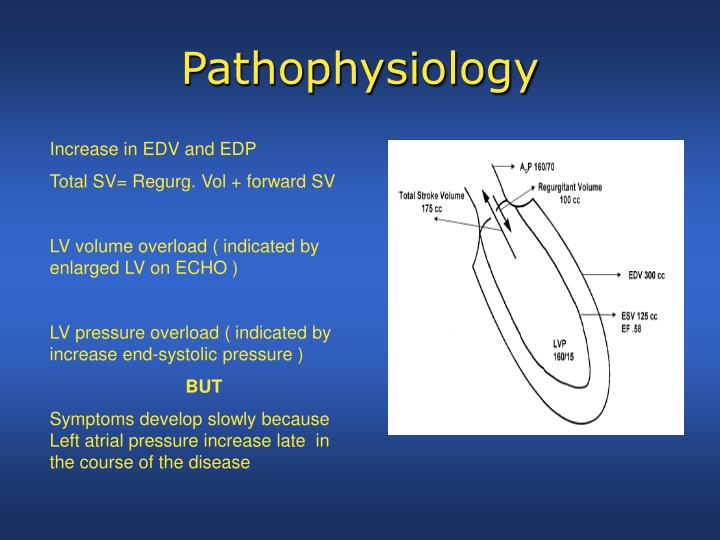

2– 6 Invasive hemodynamic studies have shown that systolic BP (SBP) is considerably different when measured in the brachial artery versus in the aorta, emphasizing the need for central BP recognition. These devices have become quite popular for a wider out-of-office BP assessment, but they still give a measure of brachial BP.Ībout 30 years ago, the potential clinical importance of central aortic BP evaluation was proposed by a group of researchers. In more recent years, new devices for automatic BP measurement have become available, both for 24-hour recording and for home self-assessment of BP. 1 BP, always measured by sphygmomanometry, has been shown to predict cardiovascular (CV) morbidity and mortality. Since 1898, blood pressure (BP) has been conventionally measured over the brachial artery by the Riva-Rocci sphygmomanometer. Keywords: aortic blood pressure measurements, ambulatory monitoring, pulse wave analysis The currently available methods for central aortic pressure measurement are relatively accurate, and their use has important clinical implications, such as improving diagnostic and prognostic stratification of hypertension and providing a more accurate assessment of the effect of treatment on BP. The pathophysiological basis for the differences between brachial and aortic pressure is discussed. The principles of measuring central BP by applanation tonometry and by oscillometry are reported, and information on device validation studies is described. Maria Lorenza Muiesan, Massimo Salvetti, Fabio Bertacchini, Claudia Agabiti-Rosei, Giulia Maruelli, Efrem Colonetti, Anna PainiĬlinica Medica, Department of Clinical and Experimental Sciences, University of Brescia, Brescia, ItalyĪbstract: This review describes the use of central blood pressure (BP) measurements during ambulatory monitoring, using noninvasive devices.


 0 kommentar(er)
0 kommentar(er)
